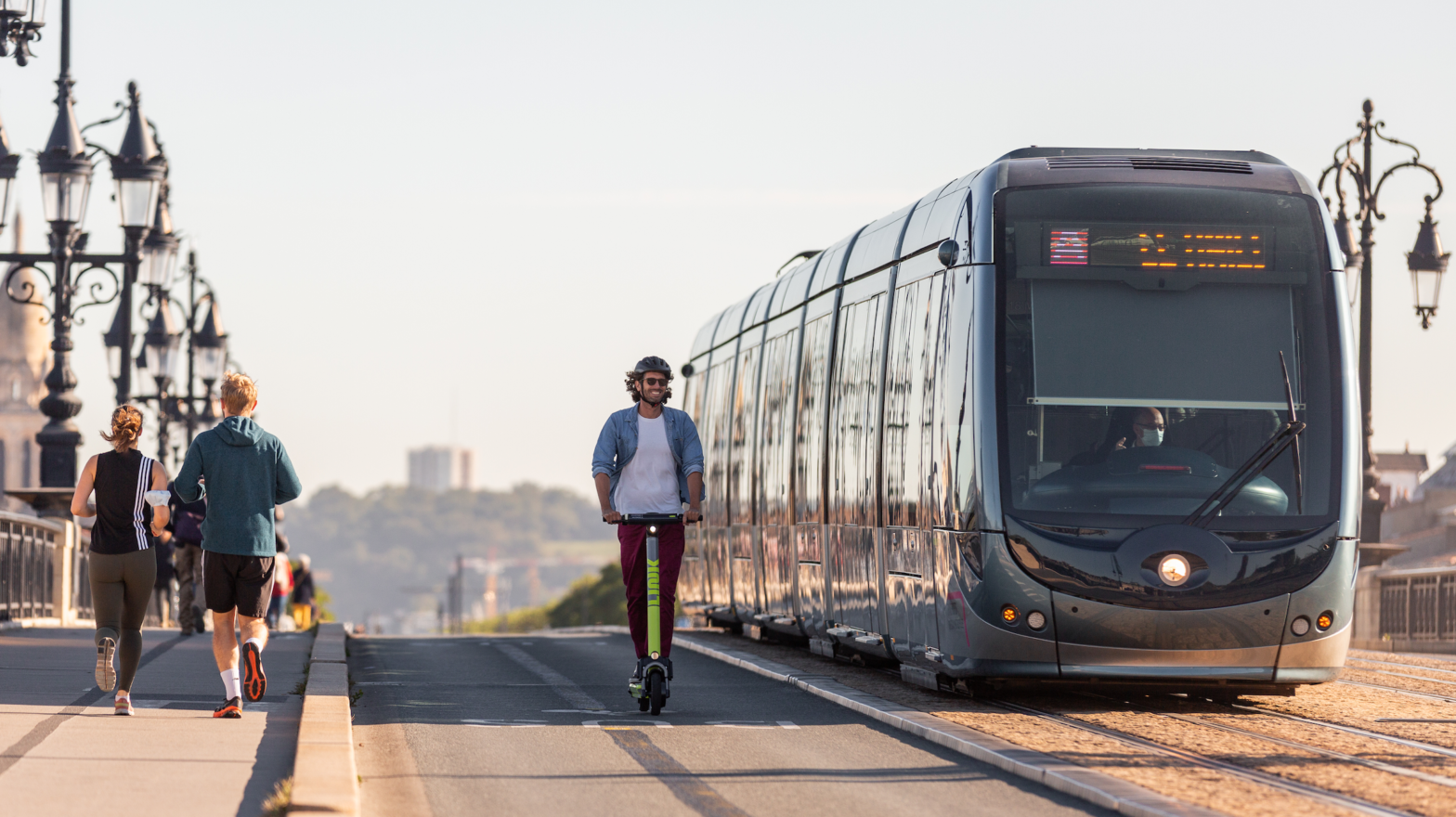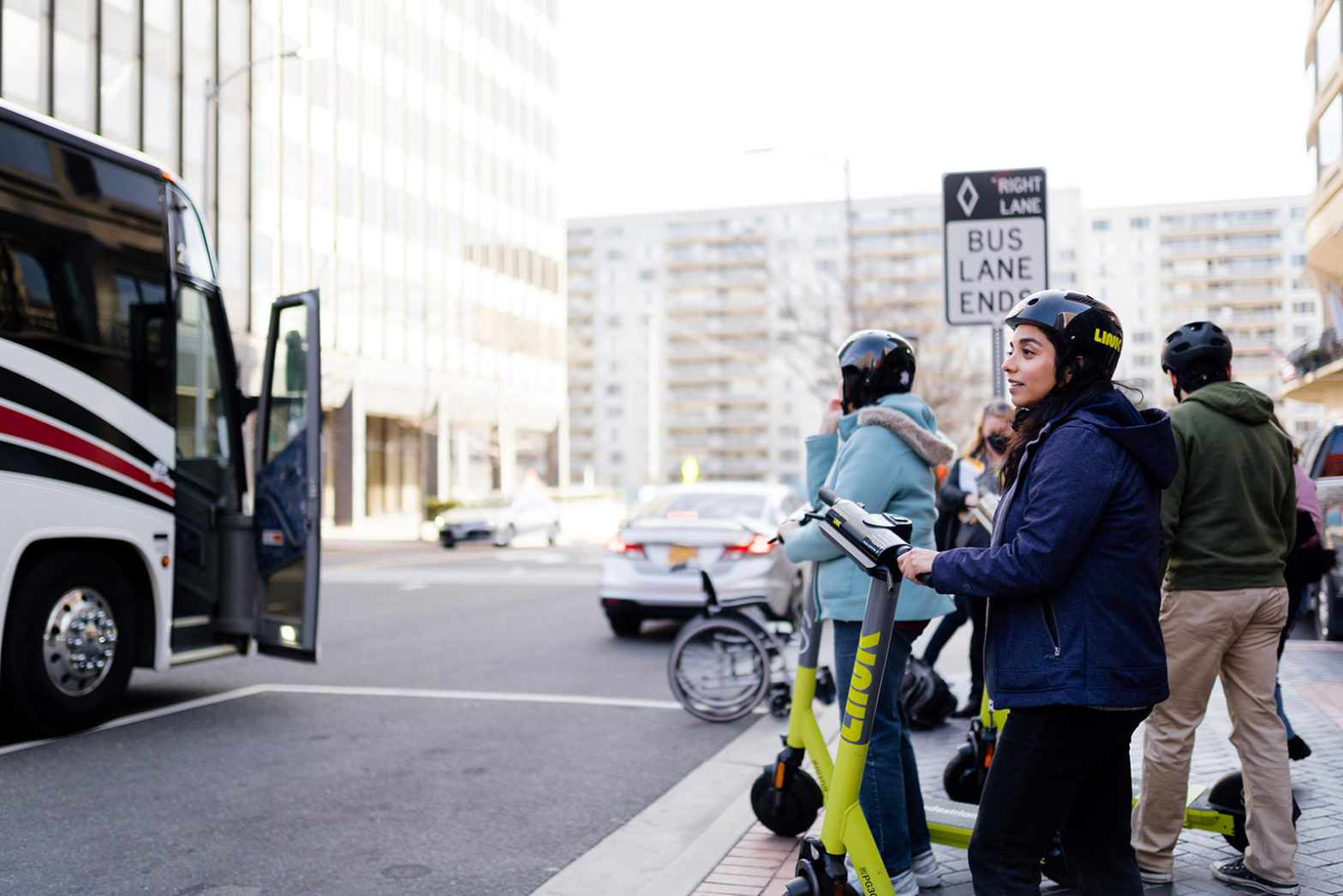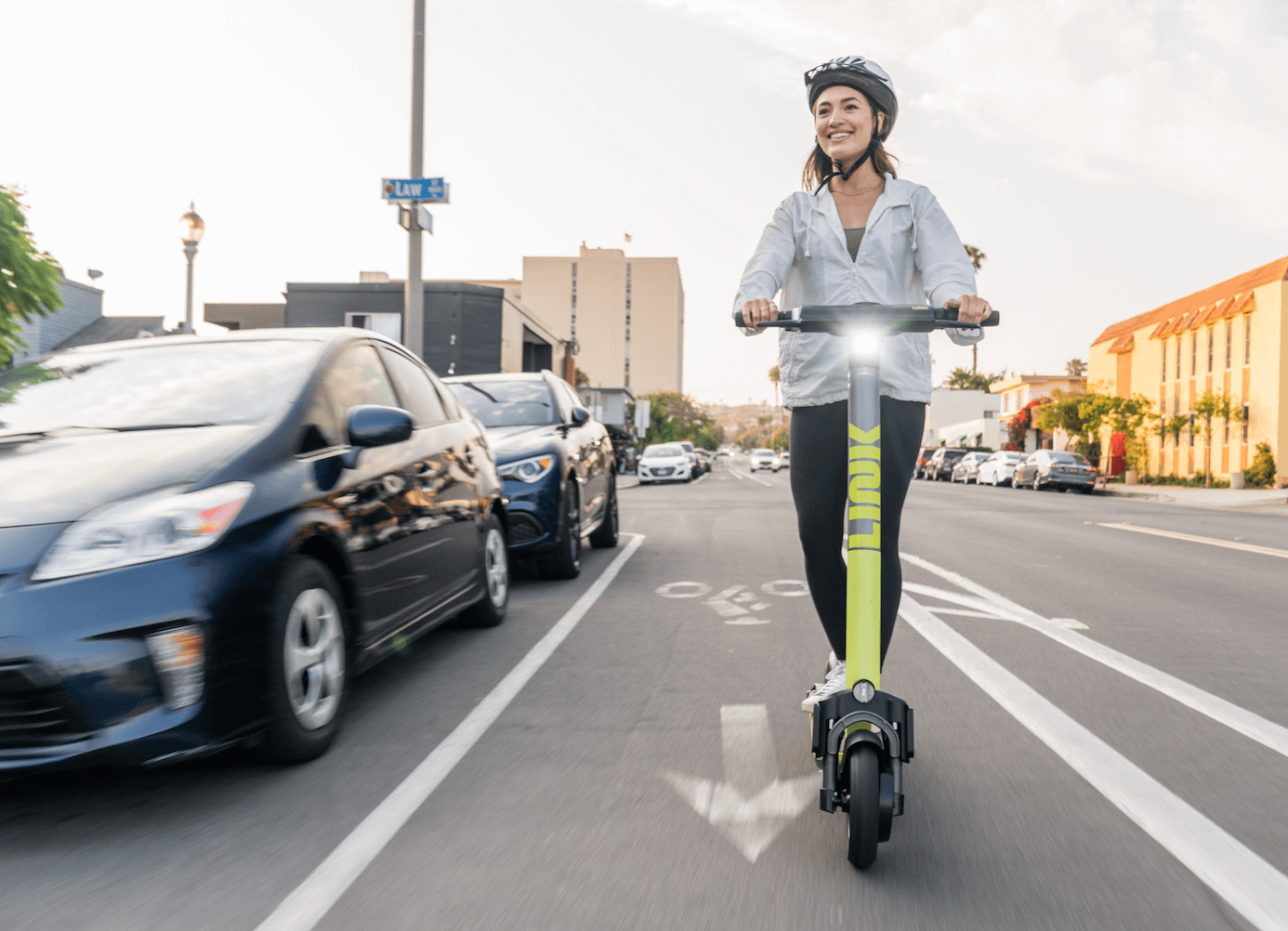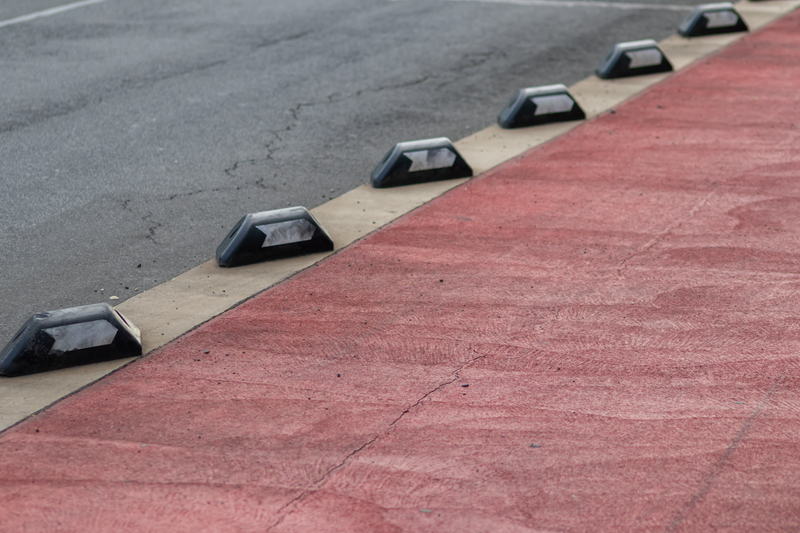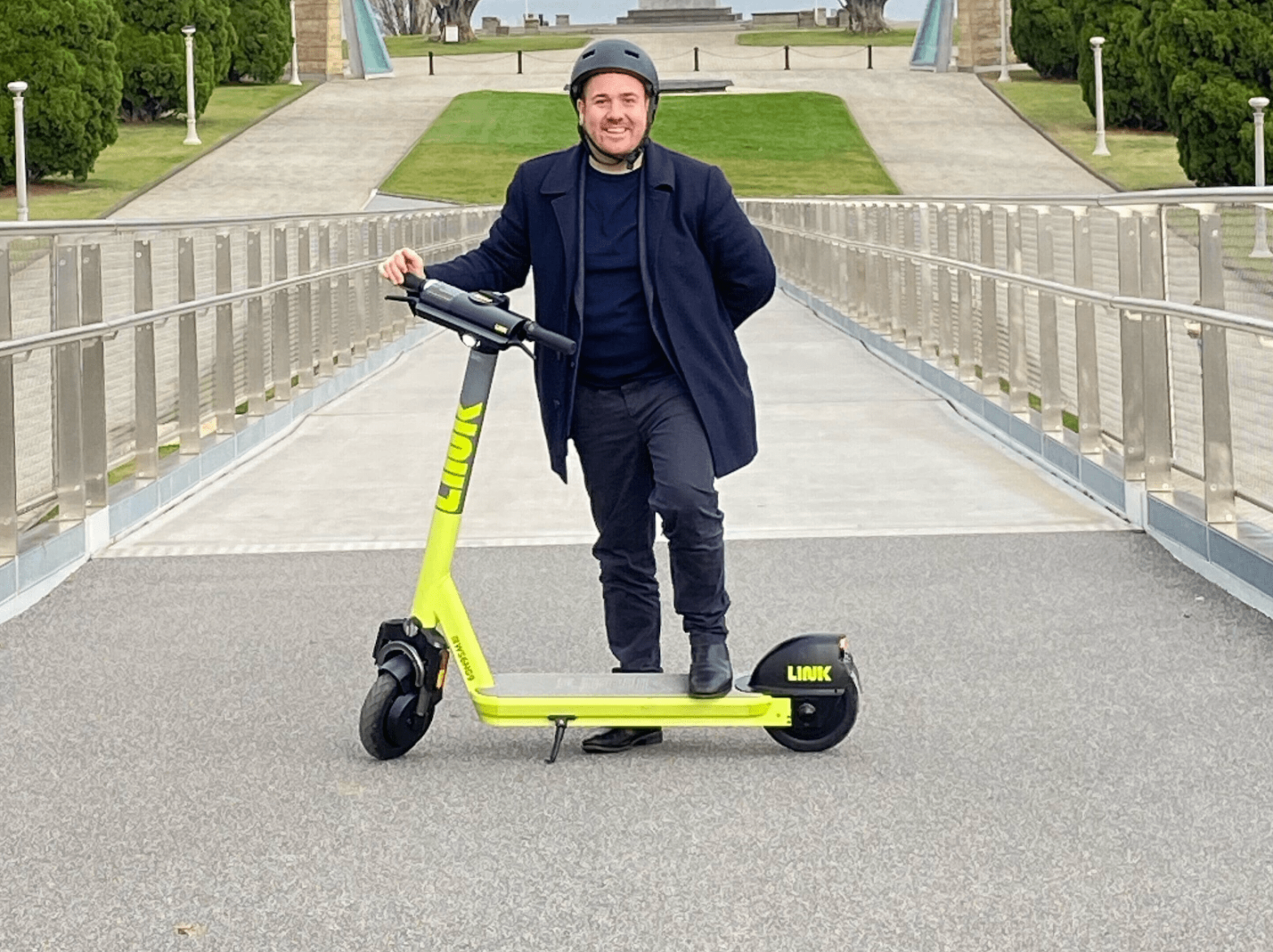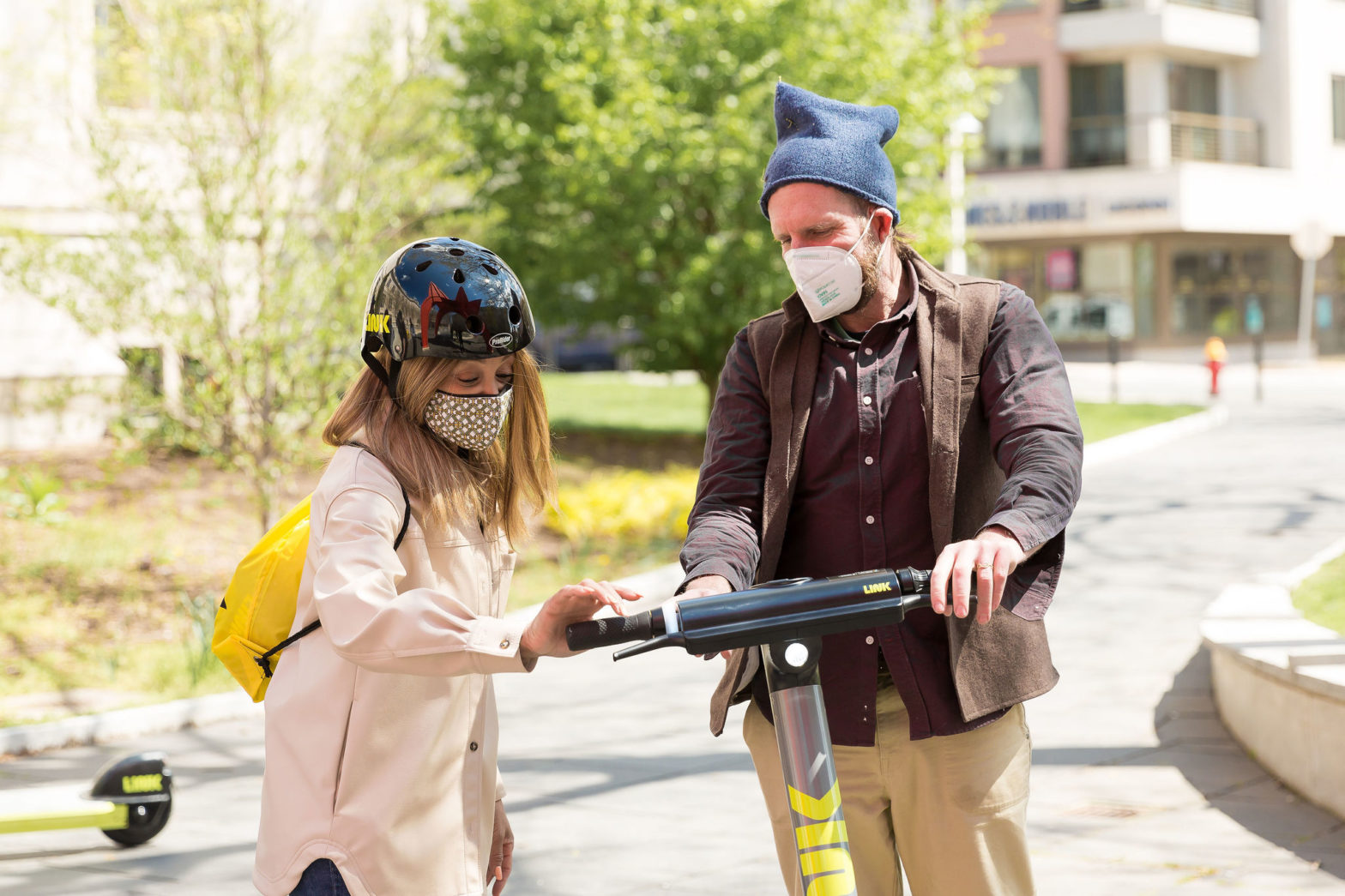
Safety first: How Superpedestrian does things differently
02 August 2021
E-scooters look set to increasingly play a key role in the mobility mix of cities, particularly coming out of the pandemic. As cities begin to reopen and start moving again, safety, equity and minimising congestion and emissions are top of the agenda.
Cities Today spoke with Superpedestrian‘s Haya Verwoord Douidri, VP EMEA, and Paul White, Director, Development and Public Affairs, about how their technology fits into this vision and sets itself apart in the market.
What sets Superpedestrian apart from other e-scooter firms?
Haya: Superpedestrian is more than just an e-scooter company. Our history goes back a long way. We started in 2013, working on different technologies to help more people move around cities.
We’ve invested a lot in the product itself. The e-scooter we have is the outcome of more than eight years of R&D – eight years on what we call our “Vehicle Intelligence” system and two years in researching, developing, and designing the scooter itself.

We design every aspect of the vehicle, from the beginning, and know exactly what is going on at all times. We truly believe that safety begins with the vehicle.
The other thing that makes us different from the competition is the way we have gone about our growth. We’ve focused on collaborating with the cities where we operate, adding 45 cities in the last year.
Having very accurate geofencing technology that makes sure vehicles are not parked where they’re not supposed to be is a really important feature, and it started from the first vehicle we deployed.
We also ensure our vehicles are built to last longer – our first model lasts at least five times the industry average.
Paul: While we are a for-profit company, it’s that pedigree and grounding in urban planning, and our mission-driven goal of making vehicles safe and ubiquitous in cities, that sets us apart.
We hold 40 patents now, which is multiples more than anyone else in the industry. There are firms claiming ‘we make our own vehicles from the ground up’ but I think a very quantitative way to get to the heart of that question is looking at the patent portfolios. This is our secret sauce.
It’s how we’ve been able to build Pedestrian Defense – the first active safety system in this industry that doesn’t just detect bad behavior, but intervenes in real-time to put a stop to it.
Many companies can be profitable and viable in very affluent areas where scooters are getting many trips per day, but how do you operate shared micromobility in a way that’s more similar to public transport? You can’t just have public transport that serves a certain part of the city – it has to be ubiquitous. The realisation we had was that it all pointed back to the vehicle.
If vehicles can be made so that they are saved, and so that they don’t cost as much to maintain, it makes a huge difference.
Many cities are concerned that e-scooters are replacing trips that would have been taken on foot or by public transport. Do you think this is a real risk?
Paul: I think it is a real risk, but what we’ve seen in study after study is that e-scooters are already replacing more car trips than anything else, and so I think that’s a very positive sign – but it’s not good enough, and we understand that we can actually influence this outcome.

The modal displacement is not a foregone conclusion – we can manage our fleet and manage our marketing so we are maximising car trip replacement and maximising transit integration. Our marketing team found that our most reliable source of new customers are current ride hail customers. So that’s a really happy coincidence because now we know we can market to people who are currently using cars for short trips and get them on our scooters.
We recently signed two agreements with local transit planning apps to make sure that people see our scooters are available when they are on their public transit journeys. We just signed an agreement with New Jersey Transit to give rail and bus customers a discount on our service. So I think what’s missing from the conversation so far is an acknowledgement that nothing is set in stone, and we can actually influence that outcome ourselves based on how we manage our fleet and how we manage our marketing.
What role do you think e-scooters can play in improving equity in cities?
Paul: Transportation has been used to divide communities instead of integrating and uniting them. If you look at the legacy of the automobile in the US, it’s all about big urban highways that literally divided communities, and were actually placed purposefully in low income communities. Dealing with this decades-long legacy of inequity in our transportation system is a huge task. Micromobility must play a meaningful role in healing this.
We have prioritised equity, not just as a talking point, but actually baking it into how we operate our fleet. In Seattle 15 percent of our trips start in equity zones. These are historically disadvantaged communities where the city has required us to deploy, and we’re actually exceeding those requirements, because this is a priority for us.
Often these zones are in lower density neighbourhoods where people have a history of using apps for transportation – so it’s not just about making our service available, it’s about going in, doing the outreach with local groups and getting people signed up for our discount programme.
Even with all that effort we still may only get one trip per vehicle per day in these zones, but because of the engineering of our scooter and our lower cost structure, even from a profitability standpoint, we are happy to serve those neighbourhoods.
What’s in store for Superpedestrian in the coming months?
Paul: Over the coming months our operation will be characterised by a few key themes. One is expansion into big cities, as we continue to prioritise small and medium-sized cities.
We’ll soon be launching fleets in cities like Los Angeles – which often have a history with micromobility, so they’re familiar with a lot of the operators, and many of the riders and commuters are familiar with other services.
So I think this is really an opportunity to highlight what makes us different – and from a consumer rider point of view, that’s a more stable scooter that looks beefier and feels more stable than other scooters.
From a business point of view, we’re all turning a corner post COVID-19. During COVID we were very proud to offer millions of dollars of free rides to people going to appointments and essential workers. But coming out of COVID It’s more than just helping cities survive; it’s about helping them thrive.
So we’re looking for more partnerships with local businesses and local transit agencies – really seizing on this opportunity as cities come back to life and realise that street space is often better spent on walking and micromobility.
We also have our new Pedestrian Defense safety capabilities coming online for our fleets, that we’re very excited about. It’s not enough just to keep scooters in bounds – we have to make sure that we are taking care of pedestrians and actually making the streets safer.
Haya: In terms of expansion, we’re launching in two or three new cities every week now – and I think that will be the case until the end of this year. We’re also going to launch in three new countries in the next two months.
The improvements that we’re aiming for always come back to safety and user experience. Once riders try our vehicle, they love it and say it feels safer and more stable.
The platform is bigger, and you can have both your feet on the scooter very easily so you can ride for much longer without feeling cramped or constrained. I think that rider experience is something that we will continue to invest in and improve upon.
In partnership with:




